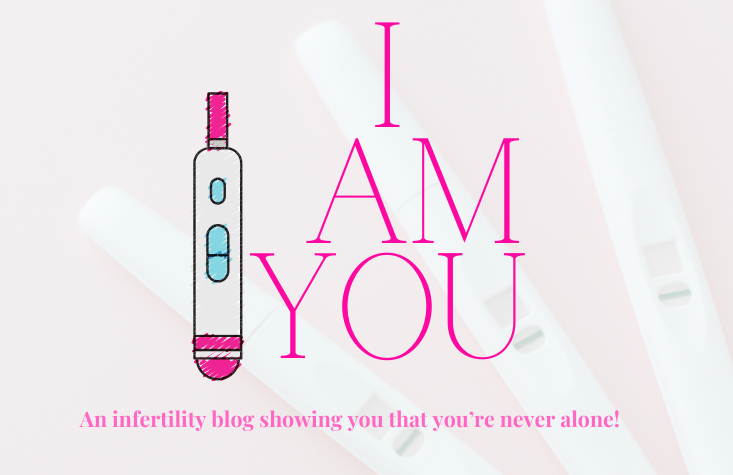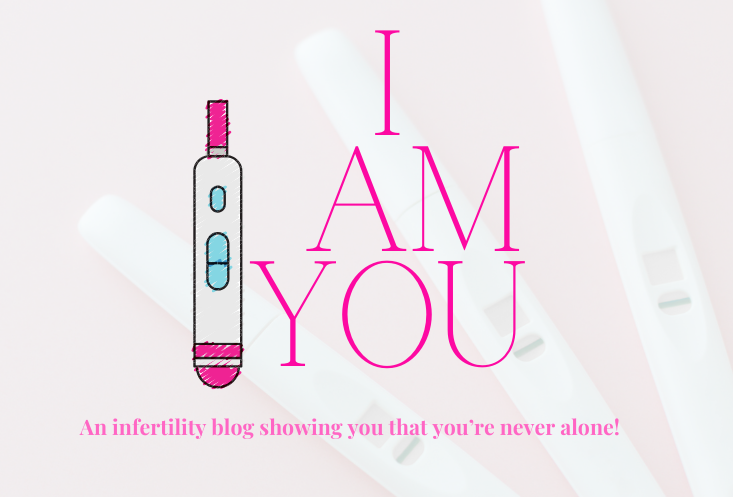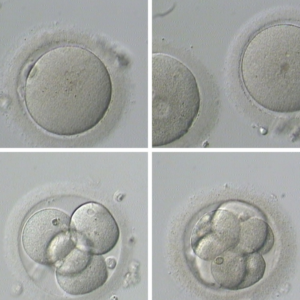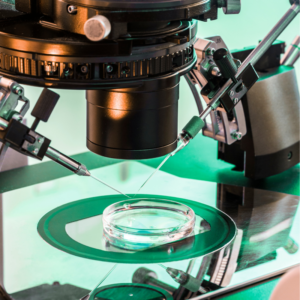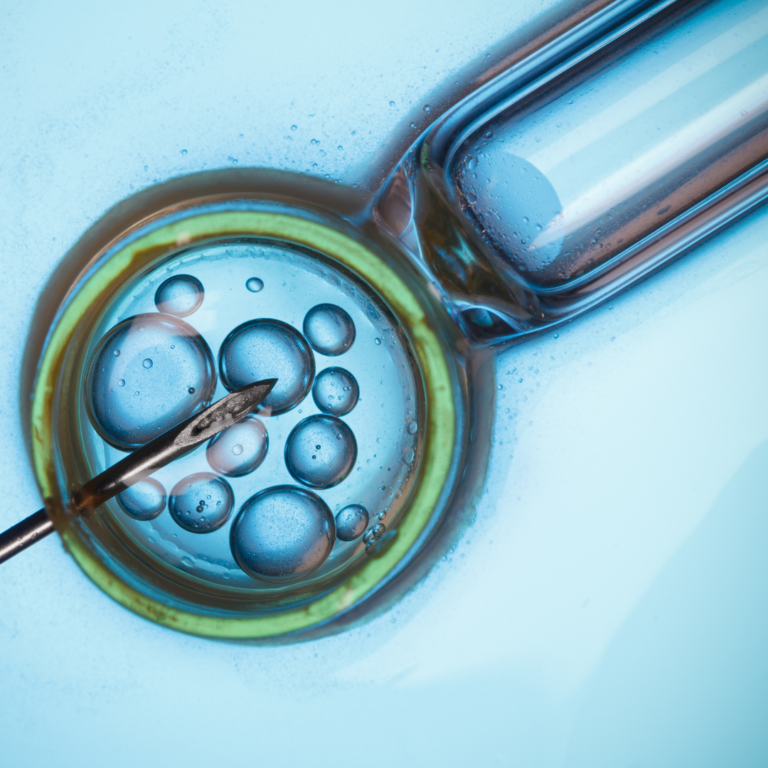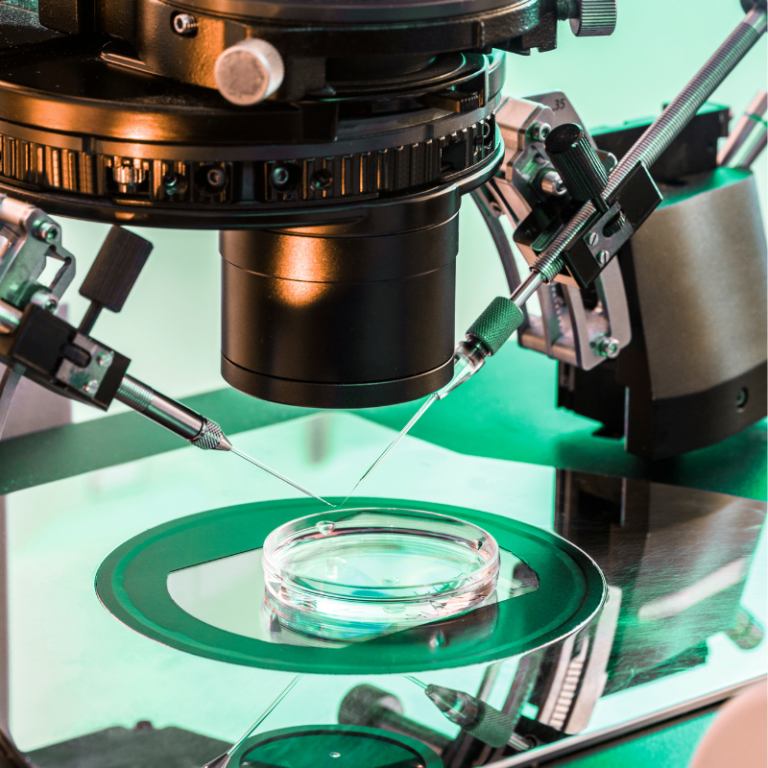How To Prepare For A Frozen Embryo Transfer Process Step By Step.
Here is the frozen embryo transfer step by step
I’ll give you a break down of what to do during your frozen embryo transfer process step by step. Frozen embryo transfer (FET) is a process during which embryos that have been frozen are transferred to the uterus. This process is often used when couples are trying to get pregnant through in vitro fertilization (IVF). The embryos are first thawed and then checked to make sure they are healthy. If they are, they are then transferred to the uterus.
How is the process of FET done step by step?
STEP 1: Ovarian stimulation. This step is usually done prior to any other step in the process. In order to begin this process, a woman will take fertility drugs as instructed by her doctor. These drugs allow for an increase number of eggs to grow and mature.
This enables there to be more embryos available should fertilization occur during IVF. These drugs often cause uncomfortable side effects, but these are typically tolerable for women if they know the benefit on the other end.
The combination of estrogen and progesterone is also sometimes used in order to induce production of eggs.
STEP 2: Ovulation induction & retrieval. Once an egg has matured, it will be released from the ovary. This is known as ovulation, and is done either naturally or with the use of medications. Follicle stimulating hormone (FSH) will be injected into women when this step occurs in order to help stimulate more eggs to mature. Suction may also be used with the retrieval process to extract possibly mature eggs.
STEP 3: Embryo freezing. After the retrieval, the eggs are combined with sperm in order to fertilize them. Once this is done, embryos can be created through standard culture conditions.
STEP 4: Freezing and storing of embryos. During this step, embryos are placed into cryogenic storage tanks where they will be frozen by liquid nitrogen. Once they are frozen, they can last for a very long time.
STEP 5: FET. This is the stage that most people think of when it comes to IVF and embryo transfer. During this process, embryos that have been thawed and checked will be transferred to the uterus in an attempt to implant them and create a pregnancy.
STEP 6: Pregnancy test. Women will typically have a pregnancy test done about 2 weeks after having embryos transferred in order to determine whether or not implantation occurred. If it did, the woman is pregnant and if not, the process will need to be started all over again.
Why is FET used?
FET may be used in IVF cycles for several reasons. One of the most common reasons is to spare a woman whose uterus has not recovered enough after her first embryo transfer or egg retrieval.
Frozen embryos allow couples who do not have any successful pregnancies with fresh embryos or a previous ivf cycle, to try again without having to undergo another egg retrieval procedure.
What are the risks and benefits of FET?
The risks of FET during and ivf cycle are the same as those of a standard embryo transfer. Those include: ectopic pregnancy, miscarriage, and multiple pregnancies.
Understanding how your cycle works for a frozen embryo transfer.
When preparing for a frozen embryo transfer or a FET cycle, you will have to have an understanding of when in your menstrual cycle you ovulate. This is very important to understand because the timing of your transfer is crucial for your chances of getting pregnant.
You will need to be able to monitor your progesterone levels during your FET cycle, which are used to determine when you are in the luteal phase. Knowing this information before beginning treatment can reduce stress and give you a better chance at success with FET.

What are the costs associated with FET?
The average cost of a frozen embryo transfer is between $5,000 and $7,000. This is less expensive than a fresh embryo transfer. Most insurance companies do not cover IVF treatment.
Keep reading for more details about frozen embryo transfer process step by step.
Pregnancy after a frozen embryo transfer.
Once the embryos are transferred, during your ivf cycle they begin to grow and hopefully implant in your uterus lining. If they do, your pregnancy test should come back positive.
Your doctor will schedule an ultrasound about 8-12 weeks after the transfer to confirm that you are pregnant and looking healthy.
How many embryos do they transfer during ivf?
Usually your doctor will only transfer one embryo. One reason for transferring multiple embryos during IVF is to increase the chance of implantation and pregnancy. When more than one embryo is transferred, there is a higher chance that at least one will implant into the uterine wall and result in a successful pregnancy. However, there are also risks associated with transferring multiple embryos.
Some women choose to only have one embryo transferred in order to reduce the chance of multiple pregnancies and its associated risks. However, this also reduces the chances of pregnancy. This is often a decision that doctors and potential parents must work together to decide on, as the risks and benefits of both options should be carefully considered before deciding which course to take. My clinic only allowed one.
What is the success rate of frozen embryo transfers?
The success rate for a frozen embryo transfer depends on several factors such as your age, how many embryos were transferred, and your chances of success with IVF treatment. The average pregnancy rate for frozen embryo transfer is about the same as that of a fresh embryo transfer. It is important to remember, however, that every woman’s situation is different so there are no guarantees about your chances of getting pregnant through FET.
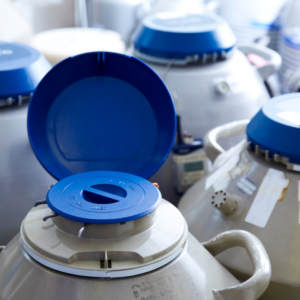
Things to remember about FET process and IVF cycle…
If you are attempting to get pregnant using IVF, you may opt for a frozen embryo transfer. The process of a frozen embryo transfer starts before you even begin your FET cycle by making sure that your doctor or clinic is aware of any allergies, medications, and conditions that could affect the treatment.
During this time it is important to be aware of when in your menstrual cycle you will be starting your cycle so that you can prepare yourself physically and mentally for the process. Before having your frozen embryo transfer, you will need to make sure that everyone involved with your care has all of your medical information at hand – including allergies, medications, conditions, etc. During this time it is also important to bring any relevant insurance information, state identification, and comfortable shoes.
You will also need to bring your partner’s medical history so that during your frozen embryo transfer he can be checked as well for any issues that could affect the success rate of the treatment. After the embryos have been transferred, you will need to wait until 10-14 days after your period to take a pregnancy test.
Remember that every woman is different and there are no guarantees about your chances of getting pregnant through FET. It is important to remember, however, that you can increase your chances of success by taking care of yourself physically and mentally during the process.
After the embryos have been transferred, it is also important to remember that it may take several weeks to come back with a pregnancy test result. If you are having trouble conceiving after your frozen embryo transfer, speak to your doctor or clinic about other options.
Frozen embryo transfers can be one of the most difficult infertility treatments for women to go through, but by preparing yourself physically and mentally before the process you can increase your chances of getting pregnant.
Once you have been diagnosed with infertility, you and your partner need to begin the long process of finding a treatment that works for you both. You will first need to consult with a fertility specialist who will be able to tell you whether or not IVF is an option for you.
If it is not an option, your doctor will be able to tell you some other options that are available for you. After deciding on a treatment plan, it is important to prepare physically and mentally before beginning the process of injecting medication in your body or undergoing surgical procedures.
Preparing physically entails making sure that any allergies, medications, and conditions that you have are made known to everyone involved in your care. It is also important to know when you are supposed to start taking your medication or undergoing surgical procedures so that you can prepare mentally for the changes happening within your body.
Always remember you can ask your fertility specialists anything at any time in your IVF process.
Thanks for stopping by the blog today. It means so much to me that you came.
Other Popular Blog Posts:
